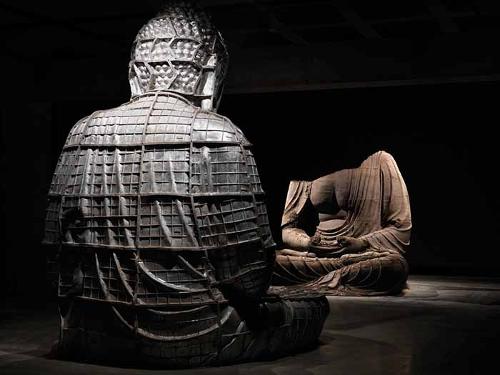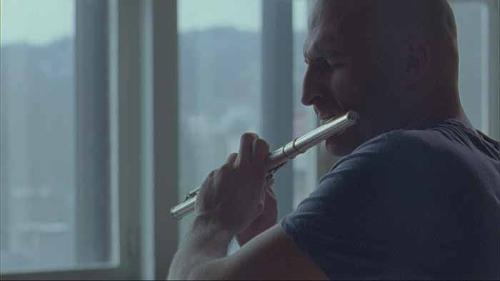.jpg)
How to create the illusion of volume in a relatively small gallery space, a volume that can allude to the expansiveness of the Crystal Palace? This is a deeply researched project, the layered responses of the artists illuminate collection material and both the old and the new are housed together – overall there is a rich sense of the museum. The proportions of the original Crystal Palace, designed by Joseph Paxton and erected in London’s Hyde Park to house the Great Exhibition in 1851 are cleverly emblazoned on all media for exhibition, drawing out connections between the original displays and the work of contemporary artists with selected collection material. All the artists were given the opportunity to respond to various South Australian collections – the Flinders University Art Museum Collection, Flinders University Library Special Collections, the Ernabella Arts Archive, South Australian Museum, Santos Museum of Economic Botany and the Botanic Gardens of Adelaide.
The curator Lisa Harms has teased out an “evolving collective conversation” with the participating artists in her essay while Julie Gough has mapped out the history of the Crystal Palace including the “tensions between categorisations such as nature and culture” that were evident in this great glass hall and which, Gough says, “continue to be coalface themes in contemporary museums.” Nic Brown discusses the selected Aboriginal and Torres Strait Islander works included in the exhibition and describes her working relationship with Harms and her “alternate readings (of collection material), to those meticulously recorded in FUAM’s databases.”
To work the space that is Flinders University City Gallery requires curatorial imagination and skill. Imaginative space can assume huge proportions even if the objects and artworks inspiring it are actually minimal in size. A key to the success of this project is the way that it is installed in the space. Panels have been fabricated offsite and then installed, changing entirely the look and feel of the gallery. The false walls evoke the labyrinthine internal halls of a larger museum. The wall panels, being made of plywood, a similar colour to the floor, have eradicated that interruption of the divide between the floor and the walls. Glimpses into other parts of the installation are encouraged through small apertures cut in the ply walls, described by Harms as “niches framing/illuminating works” while museum cases house intriguing objects and artworks.
In Julie Henderson’s installation the audience enters a "promenade" of objects collected and reconfigured or arranged, "moving sculptural forms", drawing on ideas such as the intricate ventilation system used in the Crystal Palace. The intimate relationship between plants and humans has been explored in Zappa Botanica, a work by Lee Salomone comprising collected hoes, glass and bronze seedpods. He has responded to a collection that celebrates plant diversity and the role of plants in our lives at the Museum of Economic Botany.
Intricately stitched sculptural items consider place geographically, historically and culturally in Sera Waters’ work. Amongst her selected/referenced items is South Australia Illustrated, opened to a page showing an image: Mount Gambier, and one of its volcanic lakes (after sunset) 1847, a location relevant to her own family history. Siamak Fallah has selected items from Flinders University Library Special Collection including a portable writing desk from the early 19th century and a rosewood chair, c. 1850s, creating an intimate environment in which he situated himself while working on his installation throughout the exhibition dates, drawing onto the walls tracings of maps and botanical illustrations from Matthew Flinders’ A Voyage to Terra Australis, published in London in 1814.
A large painted work on plywood panels by Brigid Noone, Exotic sorrows includes two niches that house mineral specimens from the Mineral Collection of the South Australian Museum. The recording of Lisa Gorton’s spoken poem takes us through an audio tour of the 1851 Crystal Palace. Lisa Harms notes: “The poem offers a meditation on how the past haunts the present; suggesting the ways in which empire-building has shaped how we approach and present artefacts.”
Responding to two works by Albert Namatjira from the Flinders University Collection Domenico de Clario devised four performance works in which he sang and played the spinet, a musical instrument held in the University’s School of Humanities collection. Troy-Anthony Baylis responded to coathangers painted by Namatjira as well as to patterned crayon works from the Ernabella Arts Archive with three humorous and lively costumes, Modesty sets, perhaps representing all the artefacts that are uncollected.












